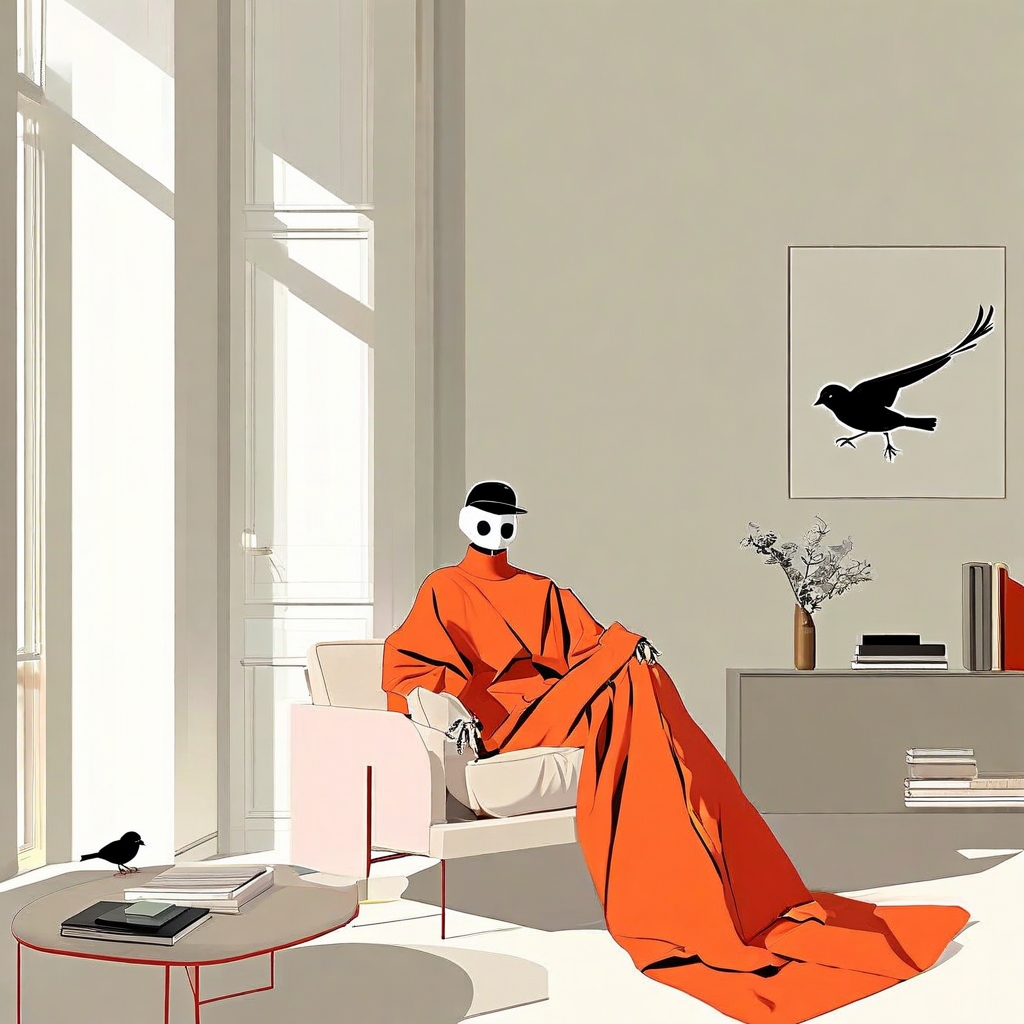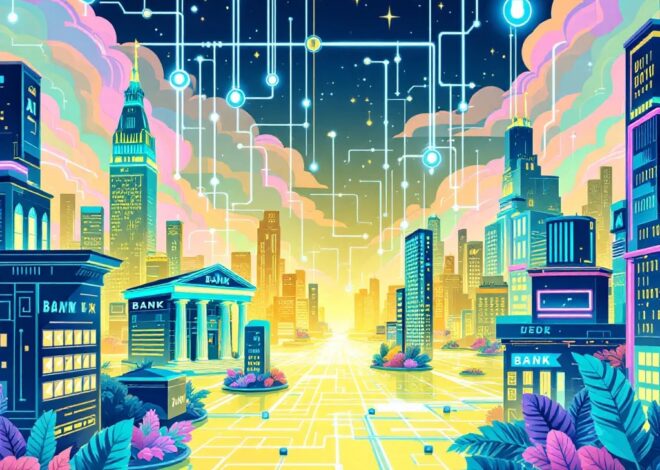
Real vs AI-Designed Rooms: Understanding the Differences
Real vs AI-Designed Rooms: Understanding the Differences
When it comes to designing rooms, there are significant differences between human-designed and AI-designed spaces. Each approach has its unique strengths and limitations.
Real (Human-Designed) Room
- Creativity and Personal Touch: Human designers excel in creativity, taking into account emotional connections and individual preferences that AI may overlook.
- Comprehensive Expertise: With their extensive knowledge, human designers ensure that design is both functional and aesthetically pleasing.
- Customization and Problem-Solving: They address complex design challenges with tailored solutions to meet specific needs and budgets.
- Cost: Although hiring a professional designer can be expensive, it typically offers a higher level of customization and expertise.
AI-Designed Room
- Speed and Efficiency: AI tools generate design ideas rapidly, ideal for tight deadlines or budgets.
- Cost-Effectiveness: Many AI design tools are free or low-cost, making them accessible to all users.
- Visualization and Customization: AI allows for real-time visualization and adjustments, offering flexibility in design.
- Limitations: While visually appealing, AI may struggle with technical aspects such as structural constraints.
Hybrid Approach
Experts recommend a hybrid approach that combines both human creativity and AI efficiency. Using AI for initial ideas allows for quick visualizations, while human designers can refine and ensure practicality in the final design.
Sources
- Real Simple: Should You Let AI Design Your Home?
- AI Home Design: AI vs. Traditional Room Design
- Elle Decor: I Tried Using AI Interior Design Tools
- Foyr Neo: Benefits and Challenges of AI in Interior Design
- Planner5D: How AI is Changing Interior Design



